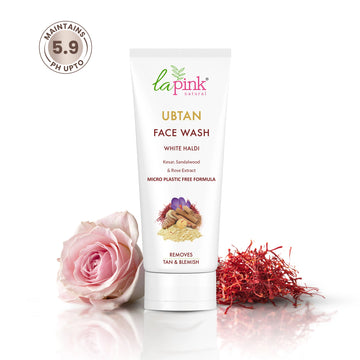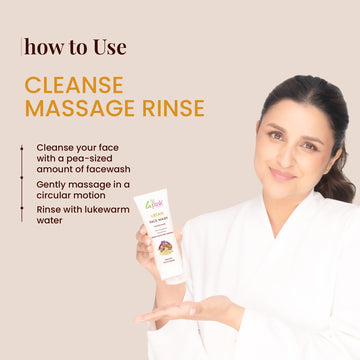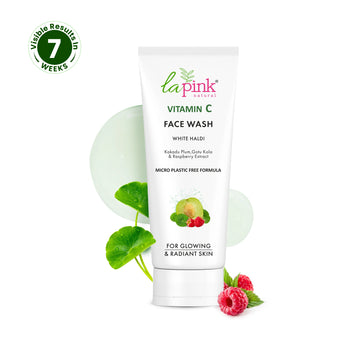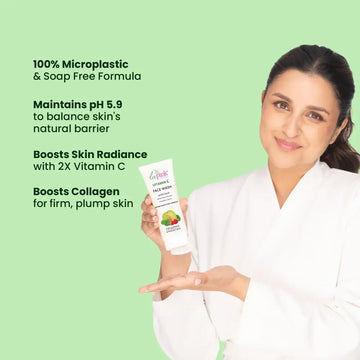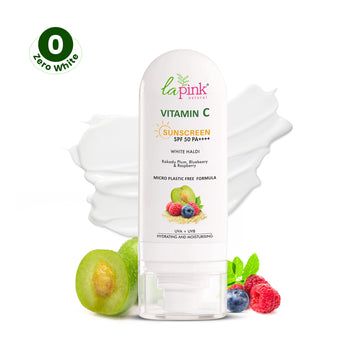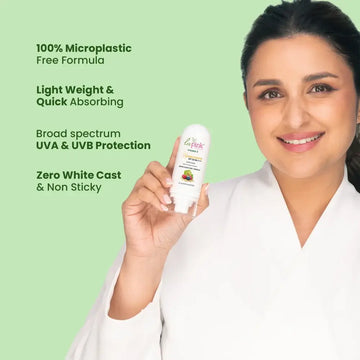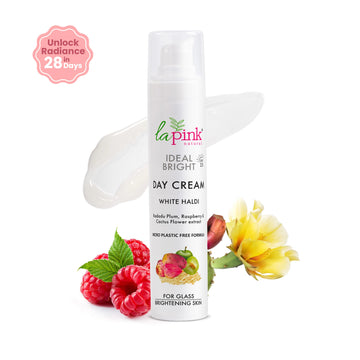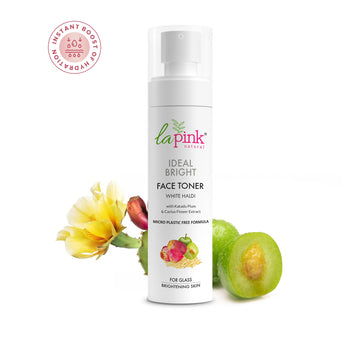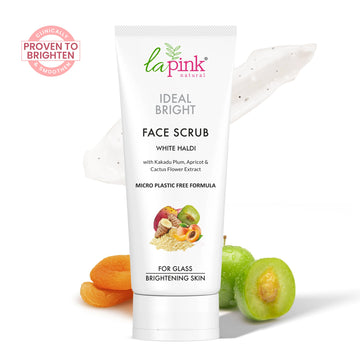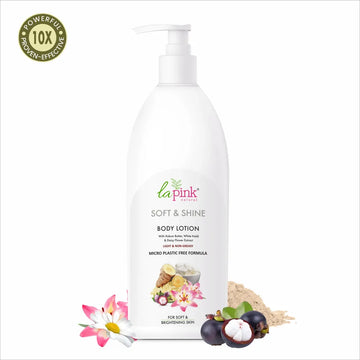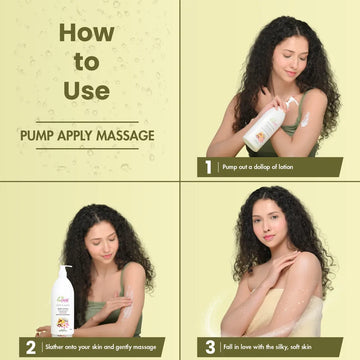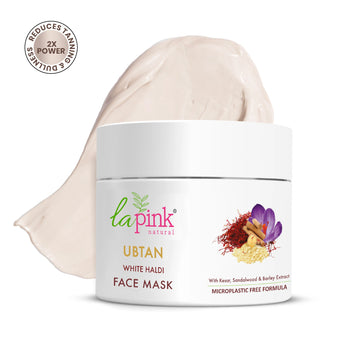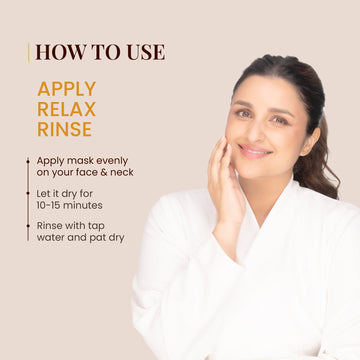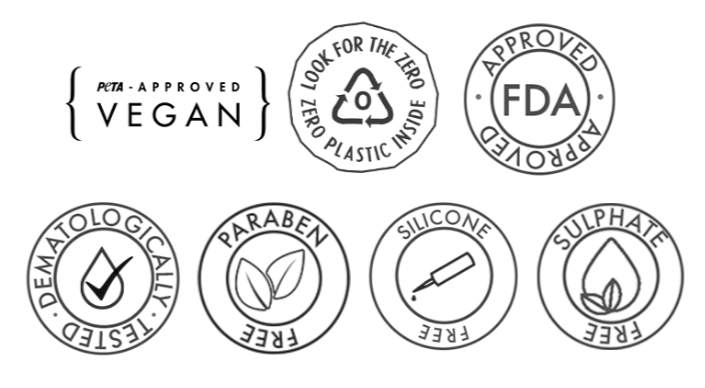Products Enriched with
FAQs
What is Phenoxyethanol?
Is Phenoxyethanol safe for skin?
What are the benefits of Phenoxyethanol in skincare?
Can Phenoxyethanol cause skin irritation?
Is Phenoxyethanol toxic to infants?
How is Phenoxyethanol used in cosmetics?
Does Phenoxyethanol have any direct benefits for the skin?
How can I test for sensitivity to Phenoxyethanol?
Is Phenoxyethanol a safer alternative to parabens?
Should I avoid products containing Phenoxyethanol?
Load More...
Blog posts
VIEW ALLলা পিঙ্ক Face Mask: উজ্জ্বল ত্বকের সহজ সমাধান
SEPTEMBER 30, 2025
সূচিপত্র: ভূমিকা লা পিঙ্ক ফেস মাস্ক: উজ্জ্বল ও দীপ্তিময় ত্বকের জন্য ৩-ইন-১ সমাধান La Pink Ubtan Face Mask La Pink Young Forever Face Mask উপসং...
READ MORE +हर स्किन टाइप के लिए बेस्ट फेस मास्क
SEPTEMBER 28, 2025
अनुक्रमणिका: हर स्किन टाइप के लिए बेस्ट फेस मास्क अपनी त्वचा का प्रकार पहचानें: पहला और सबसे महत्वपूर्ण कदम हर स्किन टाइप के लिए फेस मास्क फेस ...
READ MORE +सर्वश्रेष्ठ फेस मास्क: स्किन को निखारने और पोषण देने के लिए
SEPTEMBER 26, 2025
अनुक्रमणिका: सर्वश्रेष्ठ फेस मास्क: स्किन को निखारने और पोषण देने के लिए क्या आपका फेस मास्क आपकी त्वचा के लिए सही है? घरेलू नुस्खे: प्राकृतिक ...
READ MORE +